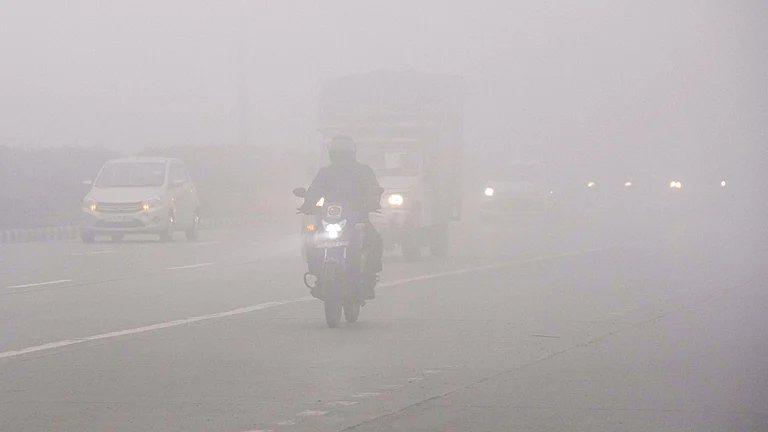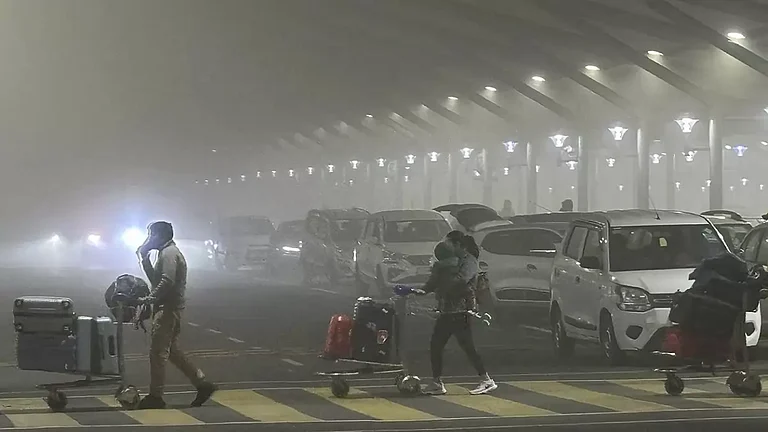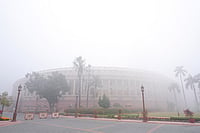
• Cyclone Senyar Update: Low-pressure area strengthening into cyclone senyar imd forecasted cyclonic storm by November 26; moving west-northwest across Bay of Bengal
• IMD weather forecast predicts heavy to very heavy rainfall over Andaman and Nicobar Islands (105–204 mm in 24 hours); wind speeds 35–45 km/hr gusting to 65 km/hr
• Weather alert in Tamil Nadu issued with heavy rain expected November 23–25; schools closed in multiple districts; similar alerts for Kerala, Puducherry, coastal Andhra Pradesh
• Cyclone Senyar path and cyclone senyar landfall timing uncertain; potential landfall November 27–30 between Tamil Nadu–Andhra Pradesh coasts; cyclone senyar tracker monitoring system movement; residents and cyclone senyar chennai authorities advised to monitor daily bulletins
Cyclone Senyar is emerging as the second major Bay of Bengal storm of the post-monsoon season, forming only weeks after Cyclone Montha impacted parts of Andhra Pradesh and neighbouring regions. Meteorologists say the system is still in its developing stages, but early projections already point to heavy rainfall, strong winds, and rough seas for the Andaman and Nicobar Islands and parts of South India. With forecast guidance still evolving, agencies are urging coastal communities to stay alert and closely follow official updates over the next few days.
A well-marked low-pressure area over the Strait of Malacca and adjoining South Andaman Sea continues to strengthen, with the IMD weather forecast predicting it will intensify into a cyclonic storm by November 26. The system has been officially named ‘Senyar’—meaning ‘lion’ in Arabic—following the World Meteorological Organization’s naming conventions for North Indian Ocean cyclones.
According to the cyclone Senyar IMD latest update, the system will move west-northwestward, forming a depression over the southeast Bay of Bengal by November 24 and continuing to gain strength over the next 48 hours. Cyclone Senyar tracker data suggests the path remains uncertain, with the system potentially moving toward either the Tamil Nadu–Andhra Pradesh coast or curving northward toward Odisha or Bangladesh. Meteorologists emphasize that a clearer picture will emerge only after the system reaches full cyclonic intensity.
Andaman and Nicobar Islands Face First Major Impact
The heavy rainfall alert in Andaman and Nicobar islands began November 23 and is expected to persist through November 28. The Nicobar region specifically faces heavy to very heavy rainfall (105–204 mm in 24 hours) on November 24–25, with wind speeds reaching 35–45 km/hr and gusts up to 55–65 km/hr. Fishermen have been strictly advised against venturing into these waters until at least November 28 due to rough sea conditions.
Heavy Rainfall Alert Extends to Tamil Nadu, Kerala, and Coastal Regions
Weather alert in Tamil Nadu has been issued, with heavy to very heavy rainfall expected over the state during November 23–25. Similar alerts extend to Kerala, Puducherry, and coastal Andhra Pradesh. Schools across Tamil Nadu have been closed in multiple districts as a precautionary measure. Light to moderate rain accompanied by thunderstorms and lightning is forecast for isolated areas through the weekend.
Cyclone Senyar Landfall Path and Timeline Remain Uncertain
The exact cyclone Senyar path and cyclone Senyar landfall timing will become clear only after November 26, when the system achieves full cyclonic storm strength. Some forecasters suggest a potential landfall between Tamil Nadu and Andhra Pradesh coasts around November 27–30, though this remains subject to model variations. Cyclone Senyar Chennai residents and authorities are advised to closely monitor daily IMD bulletins and follow all official guidelines. Coastal communities, in particular, should remain prepared for potential disruptions to transportation, power supply, and daily activities.





























